Marketers and advertising agencies have emphasised at various industry forums how marketing will increasingly be dictated by Video, Voice and Vernacular. As brands reach out to audiences across markets in their regional languages, the vast diversity of India is posing a unique problem. How to keep regional sensitivities and nuances in mind while getting the brand message across in an impactful manner?
While this is not a new problem faced by brands and ad agencies, but the aggressive adoption of regional strategies has made this problem an acute one. A recent case in point is the ‘Tinda’ ad by Uber Eats. Usually Tinda (apple gourd) is known as a boring vegetable and not a favourite of too many and hence, the two people in the ad cringe at the thought of having to eat the veggie for dinner and end up ordering a more satisfying burger through Uber Eats. While Tinda is known in North, Central and West India, large part of South and East India are not aware of the veggie and hence, could have had a disconnect with the audience in these regions. Keeping this in mind, Uber Eats has now come out with its ad for the Tamil market where it mentions the snake gourd (another ‘boring’ vegetable).
Adgully spoke to some creative leaders as well as brands to get a sharper perspective on how brand communication could get lost in translation and what brands need to do to keep the message impactful across India’s diverse markets, as well as what are the challenges that this pose.
Speaking on how brands and ad agencies need to visualise while taking a national campaign to the regional markets, Sumanto Chattopadhyay, Chairman and CCO, 82.5 Communications, admitted that for advertising, that was a problem. He explained, “We always endeavour to work and make the regional counterpart of the campaign as real as possible. I, as a Bengali, have been asked many times, why are the Bengalis in the ad so horrendous? It happens in Tamil and in the other languages as well. There are these language agencies in Mumbai, for example, where to qualify to be a Tamil writer, you only have to know to speak, read and write Tamil, same logic for the other languages also. You won’t really understand the Hindi or the English you’re writing because you are not a copywriter, and the languages that you are translating and it is horrific. You have to have a pretty decent command over the language. So, the end result is bad translation. Because the thought was great in Hindi, it is presumed that it would be great in regional languages as well. But what really happens is that sometimes you do not pick up the nuances of the language.”
Are pan-national brand communications getting lost in translation in the regional markets?
KV Sridhar, Founder & Chief Creative Officer, Hyper Collective: It has been happening for decades. At one point in time there was no option and you would have to watch Doordarshan and Hindi was the language of the content. Over the last 20 years, if you look at satellite television, people are consuming more regional content and recently regional brands (hyperlocal) are becoming more powerful than national brands. That is happening because they understand the ecology of that region and they speak to them in their language. Someone sitting in Delhi or Mumbai might not even know the difference between Pongal that is celebrated in Chennai and Sankranti that is celebrated in Maharashtra. There are different New Years for different regions, like Ugadi, Bihu, etc. Asian Paints started doing it for festivals in other languages, but not many people have adopted it. Now with digital coming into its role, you can serve hyperlocal content to people.
With consumers getting used to hyperlocal content, now nobody is going to watch content that is dubbed or that does not understand the local sensitivities. Genres like Entertainment, News and Music cannot be dubbed.
Karthik Sreenivasan, Marketing Consultant: Indeed. A pan-Indian communication demands that the marketers and the agency be cognizant of regional nuances, particularly if one of the campaign ideas is pegged around a regional language phrase/ word. Very few people in South or East may know what a Tinda is. If you argue that they could simply Google what a Tinda is, try Googling the word. All you would find is a Wikipedia definition that merely talks about the functional properties and history of Tinda, plus lots of Tinda recipes. You would now be aware of what a Tinda is, but would still be left wondering what a ‘Tinda-moment’ is. If so many people like Tinda enough to offer so many recipes, what is Tinda doing in an Uber Eats ad? Does it mean Alia loves Tinda so much that she’s having a Tinda-filled burger?
A simple diligence check by the brand/ agency could be about adding the context of Tinda being seen as ‘boring food’ in the Wikipedia page - after all, this is based on actual folklore/ perceptions and not imagined. So Wikipedia editors may actually accept this edit.
Besides that, a broader lesson is to not assume that what is created in Mumbai/ Delhi works across India. The first need is humility - humility to understand and appreciate that one need not know what rest of India thinks. With humility, comes the realisation of the need to learn from others. That’s when the team can come up with local variants of a ‘tinda’ (a euphemism for boring food) that can sell the ad better in different markets.
To be fair, using a Tinda for a pan-Indian campaign is not a crime. There would always a small sub-segment in South and East that may know what a Tinda is, what it is associated with and understand the ad. But, such an effort undermines the amount of money spent on a pan-Indian campaign/ media buy.
What are the challenges for a national brand in customising/ localising its ad to build region-specific connect?
Karthik Sreenivasan: The biggest challenge is workflow and process, and people/ talent. For a pan-Indian campaign, you simply cannot do with translation or transliteration. The agency would need contextual translation. Most agencies are not geared for that by process. They simply share the Hindi/ Hinglish version with the translation partners who come up with a functionally efficient result.
Agencies just need to look for inspiration from their counterparts in the subtitling industry. Subtitling has become a huge business after OTT platforms like Netflix and Amazon Prime have made it a basic necessity for all kinds of content. And they hire the best of writers to add contextual flavour to dialogs in English. For example, see: http://bit.ly/2RoNoG5
KV Sridhar: One of the biggest challenges for national brands as well as the Unilevers and P&Gs of the world is to understand that they are not operating in one country. There need to divide each separate region and have different advertising. Even products can be differentiated to suit the needs of the local people. Even a market like Karnataka is a large market. If you have 30-40 per cent share in that market it’s a big deal. Take Thums Up for example, the entire country does not sell it; only four states out of which the largest market is Andhra Pradesh. The sales of Thums Up in Andhra are equivalent to all over the country.
Today in media segmentation is everywhere. Digital can distribute depending on your location. So how can you not create communication in that dialect, when so much information is available with an operator? It will take time, effort and commitment but if they do not do all that they will lose their share to local players.
Vernacular being one of the key components in today’s marketing – along with Voice and Video – what do brands need to do to successfully communicate to the relevant TG in a multi-lingual ecosystem?
Karthik Sreenivasan: The most basic requirement is to identify and accept the need to use regional context, instead of a one-size-fits-all. Once you realise the need, the rest would follow. And that includes identifying appropriate talent in respective regions to help with contextual adaptation. And brands have tried it already, with varying degrees of success.
For example, Manappuram had 8 versions and 8 brand ambassadors, one for each region (Mohanlal, Vikram, Venkatesh, Puneet Rajkumar, Utham Mohanty, Mithun Chakraborty and Sachin Khadekar) speaking in a local language beyond just having a local face (instead of having one face known across India).
Another is Muthoot’s campaign featuring Vidya Balan. The choice of Vidya Balan as a brand ambassador is a good move, given her almost pan-Indian appeal and familiarity. But beyond that, it is very interesting that they use ‘Blue’ (an English word) as connecting glue for the campaign tagline. ‘Blue’ is the term for smart entrepreneurs (who get some help from Muthoot Finance, of course). The end tagline, ‘Blue hai आतà¥à¤®à¤µà¤¿à¤¶à¥à¤µà¤¾à¤¸' (Atmavishwas, meaning confidence) translates to 'நமà¯à®ªà®¿à®•à¯à®•à¯ˆà®¯à®¿à®©à¯niram blue' (Nambikkayin meaning confidence in Tamil), for instance. The word Blue is not translated and is retained as a common factor to connect across multiple regional languages. If Blue was translated too, then the statement may seem different in each language. You can argue that ‘neel’ in Hindi or ‘neelam’ in Tamil or similar variants is the most common translation for blue in many Indian languages, but that may not be uniform in all languages. This is smart thinking.
Or take the effort by ET Money last year. I had written about it - the first attempt was on the mark, and the second one went for a toss.
http://beastoftraal.com/2018/09/10/et-moneys-6-language-same-day-campaign/ and
On the other hand is Honda: http://beastoftraal.com/2018/10/06/kya-re-honda-setting-aah/
KV Sridhar: Previously audio-visual was big, now Voice will be big. People don’t believe in advertising, people believe in people. Influencers are very important to push a brand. Not in the same way as celebrity endorsements. If you share the same experience with the brand as other people then it is going to amplify the testimony to believe in the brand. The people quotient is going to become very important whether they are influencers or normal people. Everyone with three people following you is an influencer because potentially you can bring three other friends to buy a product. The third most important thing is hyperlocal content and Artificial Intelligence to recognize the needs and the context in which people are consuming and then serve the content in that context, language and in that geography.
Brand’s Prespective
Lost in translation
Deepika Sabharwal Tewari, Associate Vice President - Marketing, Jewellery Division, Titan Company Limited:
It depends on the context and the brand. Sometimes translation and fusion words can confuse the audience if not thought cleverly. But, it might also evoke curiosity - leading the consumer to look for further information on it. For some brands targeting masses, playing with words is normal but they are always supported by strong visuals that are self-explanatory. Here the point in consideration is getting the cultural context right in the communication. Use of imagery/ symbol is a great way of communicating with the consumers, as they can relate more to imagery than with language.
The challenges
The biggest challenge for a national brand when going local with the ad campaign is understanding the audience and listening to them. Today, competition between brands is not purely limited to 2 or 3 national players. Local players are bucking the trend as they have a better advantage of being closer to their target audience. For instance, wedding jewellery in India is embedded with traditional values and local tastes. Our challenge was to build a strong communication to position Tanishq as a wedding jewellery brand for every Indian bride. Our Vivaah ad campaign revolves around a language neutral universally appealing father-daughter insight. We have also showcased regional wedding Jewellery for every Indian community. A 360 degree media plan coupled with relevant tie-ups and partnerships has helped establish a strong association with wedding category. As a national Jewellery brand, we play to our strengths and communicate to both brides and their parents through localised communication mix without changing our core brand ethos. We believe in being a global brand that acts local- a local global brand.
Keeping brand communication relevant in a multi-lingual ecosystem
At Tanishq, the regional audience is our primary target group. While keeping the values of the brand – purity, transparency and trust at the heart of what we communicate, our outreach changes from market to market. We understand the local nuances – what they eat, wear, festivals they celebrate and further choose our mediums and media carefully – print, television, radio accordingly. Brands to have a deeper understanding of customers they serve in each market in a multi-lingual ecosystem.



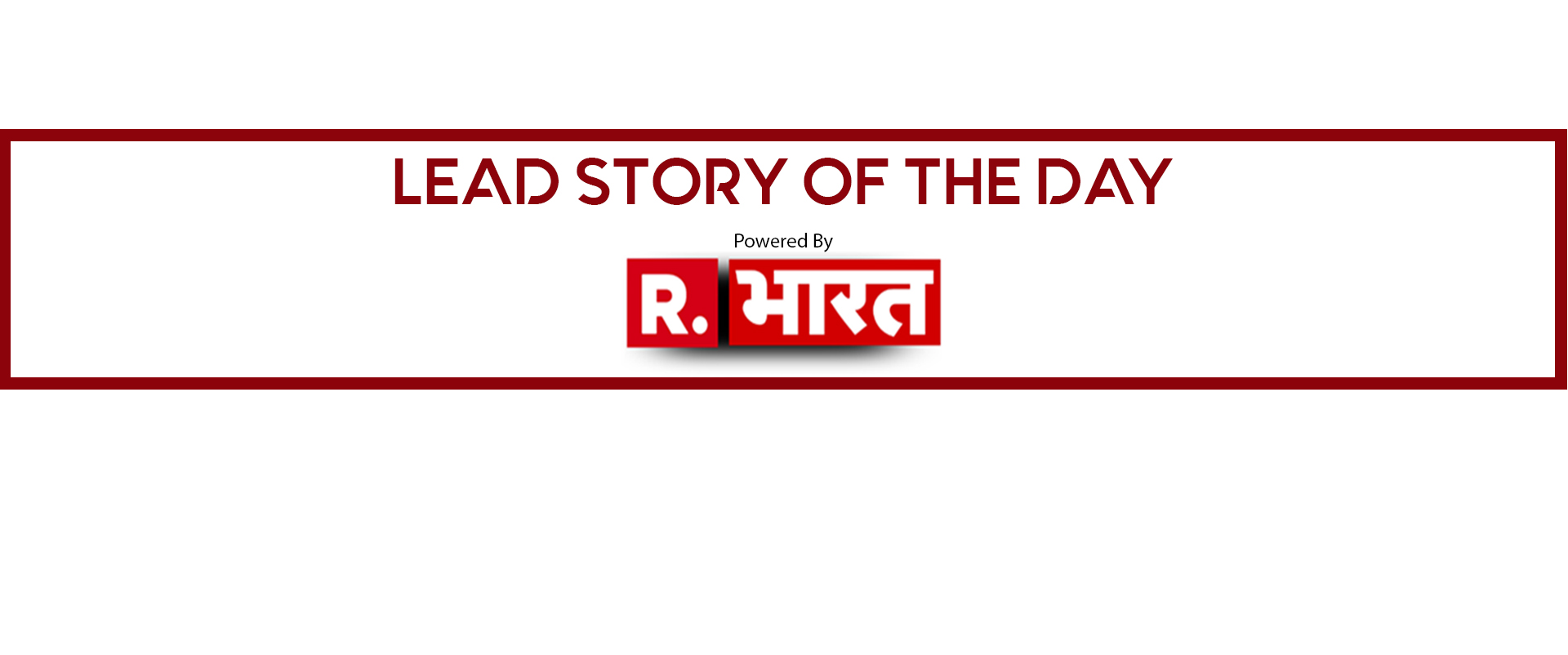


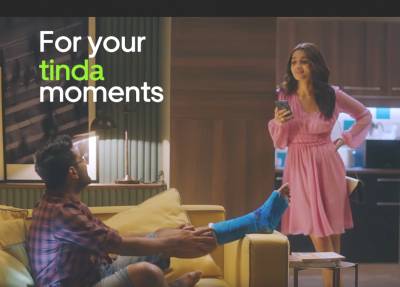
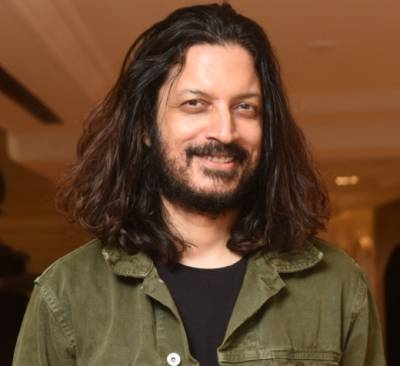


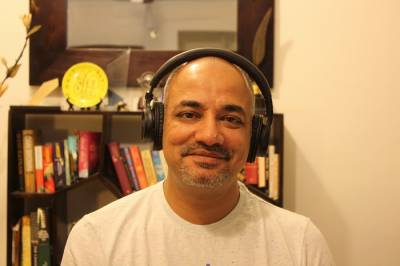
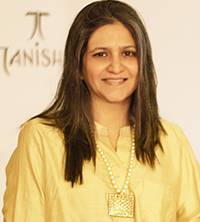
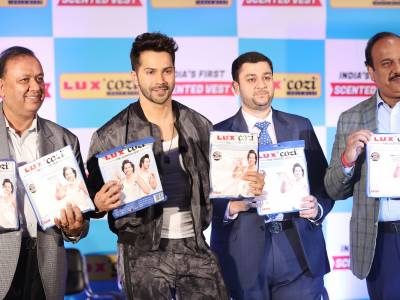
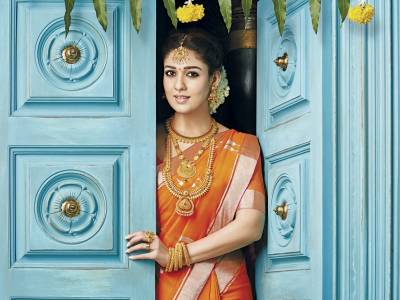
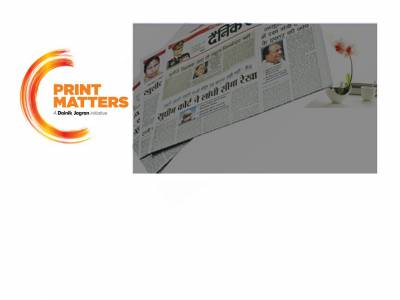


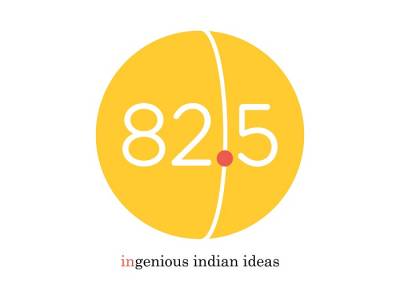


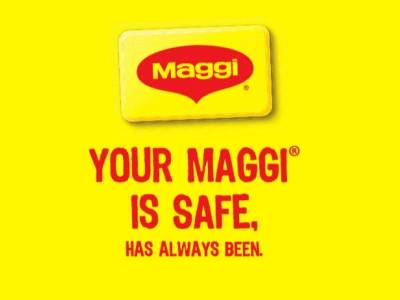

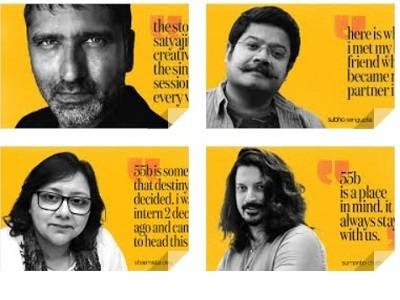
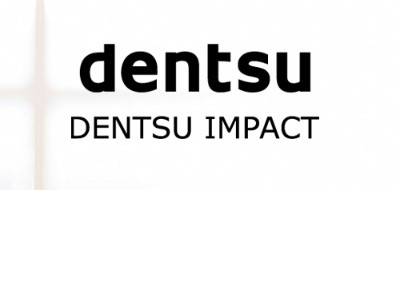



Share
Facebook
YouTube
Tweet
Twitter
LinkedIn